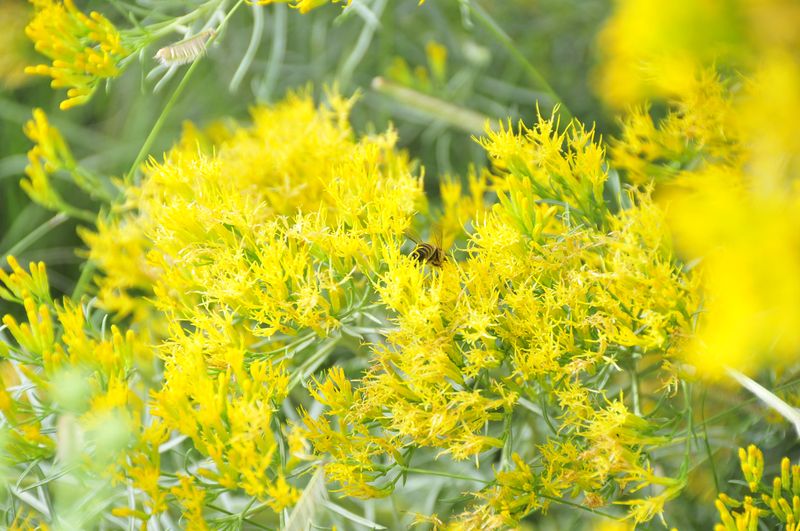On the evening of May 25th, on the secular calendar, we begin the holiday of Shavuot. This holiday commemorates the giving and receiving of the Torah on Mt. Sinai. A beautiful Shavuot tradition is to adorn homes and Jewish spaces with flowers. There are many explanations behind this tradition from commemorating that flowers miraculously grew in the desert when the Torah was given to remembering the reed basket that Moses was placed in by his mother.
Any time there are multiple explanations for Jewish traditions, I interpret it to mean that there is no certainty about the traditions origin and it gives me license to make up my own explanation. So here’s my suspicion about the origin of the tradition of bringing flowers into one’s home on Shavuot and how it relates to the wider themes of the holiday and the work of Judaism Your Way.
Flowers and plants were an important part of Greco-Roman culture. At festive meals, guests were given flower bouquets to hold as well as necklaces and crowns made of flowers and greenery. With guests adorned in these natural elements, and backup flowers on hand to replace any that had wilted, Greco-Roman parties must have been lush, fragrant and colorful.
The Jewish people have never lived in isolation. Rather, Jews have always lived among diverse communities and have taken on traditions of those communities. For thousands of years, Jews assimilated into the culture of their Greco-Roman neighbors. Just like the origin of the Passover Seder is an adaptation of a Roman symposium, my suspicion is that bringing flowers into the home on Shavuot is a borrowed tradition from seeing their neighbors’ homes full of flowers and greenery on special occasions.
While this explanation may not be as romantic as some, it feels beautifully fitting because one of the texts read on Shavuot is the Book of Ruth, which describes a Moabite woman becoming part of the Jewish community. Many people consider Ruth the first convert, but this is not stated in the text. Rather, what is stated is that she aligns herself with the Jewish people without necessarily abandoning her Moabite origins. If Ruth were alive today, she would be in good company in the Judaism Your Way open tent, which is full of partners who come from faiths and heritages other than Judaism and are active participants in the Jewish community.
At Judaism Your Way, we see how much beauty and value partners from different traditions and cultures add to Judaism and the Jewish community. If you decide to bring flowers into your home this year on Shavuot, I encourage you to view them as a symbol of everything that those from outside of the Jewish community have added to Judaism both in antiquity and today.
By Rabbi Amanda Schwartz
Family Life Director


